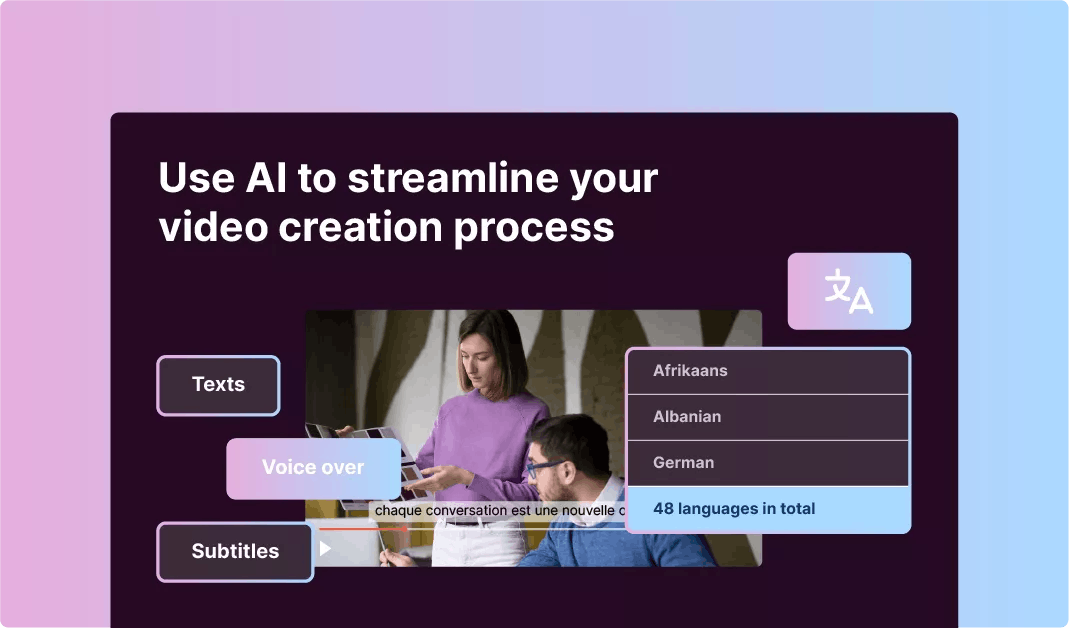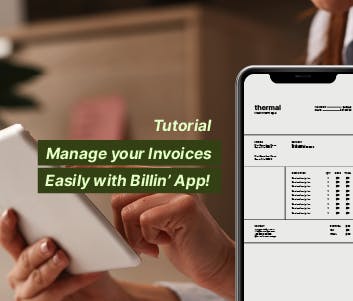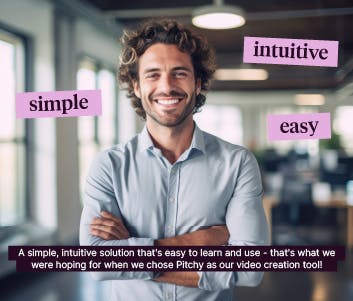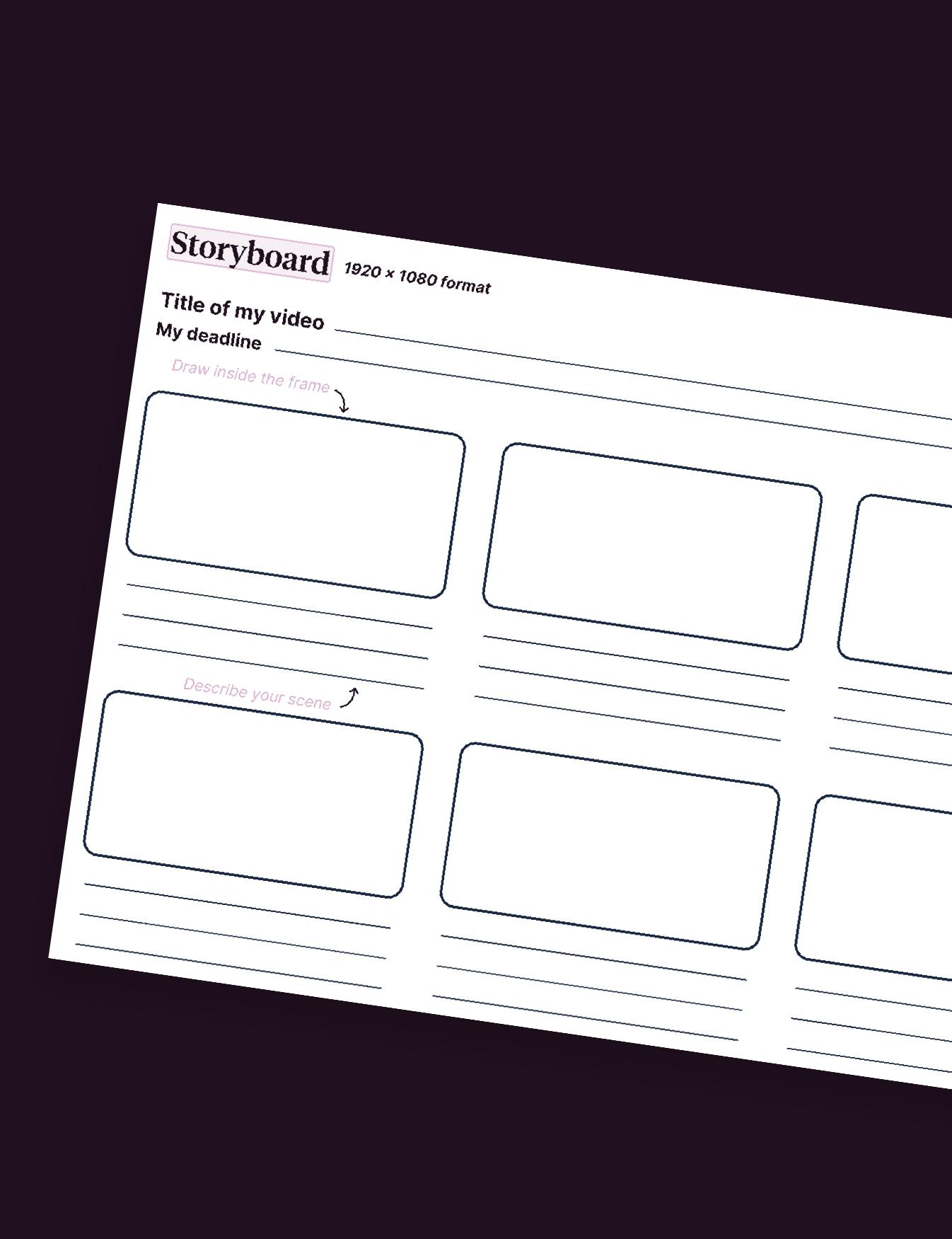5 steps for a successful customer onboarding

Onboarding is the process of welcoming and training. And to do so, you can use corporate video.
“Onboarding”, “Boarding”… Generally speaking, the definition of onboarding is the welcoming of new employees who have just landed a job in many companies (permanent, fixed-term, trainees, assistants). Creating HR video productions for the web to introduce them to everyone and get the adventure off to a good start may be the opportunity you are looking for, as the road with you may be long 😉
But, this animation process for new hires does not only apply internally: you can also decide on an onboarding “tradition” with your new clients, as it is the case with more and more companies, for effective relationship. Employee onboarding video has many advantages:
- you stand out from the competition, because at the moment, only a few companies in France or elsewhere in Europe have this type of practice,
- you project the image of professionals who care about the well-being and understanding of their customers,
- you save time, because once trained, your customers will gain in autonomy, especially if your business is a platform for example,
- and, above all, you will increase your customers’ loyalty, because you bring help, whatever the topic or the issue.
Ready to create? If you want to know why video is the ideal tool for a successful onboarding,read our article on this subject to have an overview!
Here are some tips from Pitchy!
#1 Identify your clients’ needs
Before you even begin creating the video, it’s important to understand what your new client wants from you.
For example, at Pitchy, for 8 years, we have offered an online video creation platform, allowing companies to create their own video content without technical skills.
But, before starting, we need to know several things:
- In what context(s) do our new clients need to edit videos? To introduce newcomers? To announce an event? To do internal training?
- How often?
- What type of video? Interviews? Product presentations? Event teaser?
Here are some other ideas for questions to ask your clients:
- What is the top problem the company is currently facing?
- How has the company tried to solve this problem?
- On a scale of 0 to 10, is the customer satisfied with the solution?
- How does your solution/service contribute to solving this problem and meeting other business needs?
- Do you feel that our solution delivers what was promised to you? Is it a win-win situation?
- On a scale of 0 to 10, would you recommend our solution to a friend or acquaintance?
Depending on the answers, you can provide your expertise, and thus guide the customer the best way possible. To do so, don’t hesitate to draw up a standard questionnaire on Google Forms, for example, to identify the most suitable solution.
#2 Personalise each customer’s onboarding process
There are as many different requests as there are different clients.
As we saw above, Pitchy’s clients don’t come to us for the same reasons. It is therefore important to ensure that we personalise the onboarding of each one of them.
For example, some of our clients, who are already somewhat familiar with video, will want to use this type of content during onboardings. As you can see in the video below, the announcement of the onboarding process is made in 3 distinct stages, with personalisation, the person’s first name.
#3 Make sure that the client is satisfied in no time
If the client feels that he is not getting the expected results quickly enough, it’s very simple: he is likely to go elsewhere. It’s the rule of competition between service providers. Your reactions must therefore be almost instantaneous. You must be operational very quickly, and create a bond of trust and follow-up. Think about these several things:
- With a tutorial video (or a streamlined presentation), quickly explain how to use your platform or service. To motivate your customers and make them winners, have a different approach, and reward them or congratulate them at each step of the way. You can even create a system of diplomas or certifications.
- Create a human bond with your company, and not a cold and impersonal chatbox. It is important to name the person in charge of the customer, and to put a face on their name. Don’t hesitate to organise regular face-to-face video sessions, on Zoom or Google Meet. It’s always better than an automaton! This way, you can offer them a unique experience. Go digital!
- Create triggers on a regular basis, especially if the customer has not used your platform or service for some time. Triggers include: the new login page, informative emails, cool videos – edited by you to check in – or A/B tests.
#4 Get your customers to find things out for themselves
Beware: if in your onboarding tutorial you do everything instead of the customer, they will not know how to do anything without your help. You must therefore offer quality teaching, explaining in detail how your tools work.
But, after the explanation, make sure that the clients can do it themselves. Do not hesitate to include in your onboarding process a time for them to practice, to see if the client has understood well and knows how to use the tool autonomously, as if they were an expert, or almost.
Another tool that can be used during this “review”, is a checklist of tasks that the client absolutely must complete by himself.
#5 Structure your team and optimise customer onboarding
Within your company, a team should be specifically in charge of customer onboardings, probably the Customer Success Management team. After all, who knows your customers and the problems they are likely to encounter better than they do?
Structuring the customer onboarding team means that:
- each team member is assigned a portfolio of customers,
- each team member knows the tool and how to answer a Q&A session,
- each team member knows who among the client companies are the users of the tool,
- there is a clear and awesome customer onboarding process, known by all,
- similar difficulties experienced by different customers should be escalated internally: it may be a service failure, or an optimisation to be considered.
Would you like to use video for customer onboarding? Request a demo of the Pitchy solution
Resources













